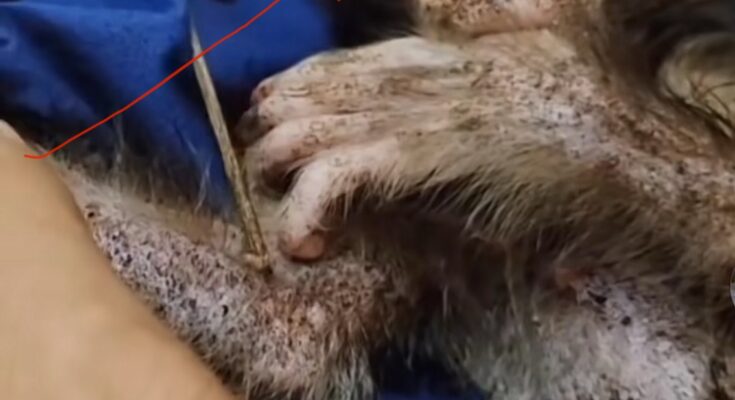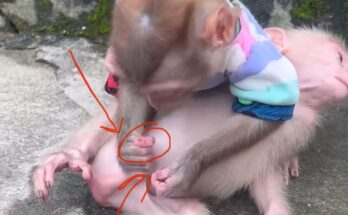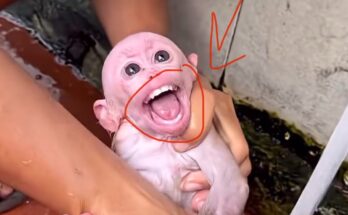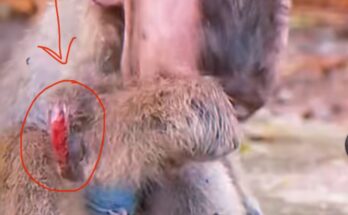In a quiet corner of a wildlife sanctuary in Southeast Asia, caretakers noticed something unusual. A small macaque, no more than a year old, began showing signs of severe diarrhea, dehydration, and lethargy. At first, they feared it was a parasite or an internal injury. But lab results soon revealed something startling: the monkey had contracted cholera, a disease typically associated with humans.
The incident shocked the local veterinary team and raised an important question: How does a monkey get cholera?
Understanding Cholera in Wildlife
Cholera is caused by the bacterium Vibrio cholerae, usually found in contaminated water or food. It’s rare in wildlife, especially in tree-dwelling primates that don’t typically share water sources with humans. In this case, however, deforestation and habitat loss had pushed the sanctuary’s borders closer to local villages. Improper waste disposal and shared water sources created the perfect conditions for cross-species transmission.
While the little monkey was eventually treated and recovered, the incident became a warning sign. It wasn’t just a one-off case—it was an example of how human activity can create invisible bridges for disease to cross between species.
Why This Matters
In recent years, there has been increasing awareness about zoonotic diseases—infections that jump from animals to humans. But fewer people consider the reverse: diseases that pass from humans to animals, also called reverse zoonosis. When a monkey gets cholera, it highlights a disturbing reality: our diseases don’t stay ours anymore.
For endangered species, this is particularly dangerous. Many primates are already vulnerable due to habitat destruction, illegal wildlife trade, and climate change. When you add human-borne diseases to the mix, their survival becomes even more precarious.
Conservation in the Age of Contagion
This story isn’t just about one sick monkey. It’s about how intimately connected our ecosystems are—and how human behavior directly impacts wildlife health. The cholera case led the sanctuary to install better water filtration systems and educate nearby communities about hygiene and waste disposal.
Conservation today isn’t only about protecting animals from poachers or logging companies. It’s also about public health, sanitation, and awareness. It’s about understanding that when we pollute rivers or leave waste uncollected, we’re not only risking our own health but also that of the creatures who share our planet.
A Lesson in Empathy
The image of a tiny monkey, curled up and dehydrated from cholera, is heartbreaking. But it’s also a call to empathy. These animals don’t have the means to protect themselves from the consequences of human neglect. It’s up to us to act responsibly—not only for our sake but for theirs.
Because when a little monkey gets cholera, it’s not just a tragedy. It’s a message.



